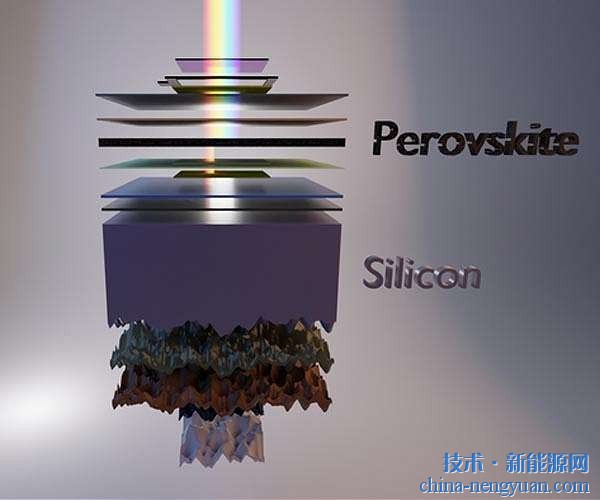 |
Figure 1. Preparation of molybdenum-based hybrid metal materials with strong coupling
New energy conversion and storage technology is the core way to solve the current fossil energy crisis and environmental pollution problems in the world today. Cheap electrolysis of hydrogen-producing hydrogen catalysts and high-capacity energy storage materials have become the key to large-scale promotion of such new energy technologies. For electrohydrogen production, precious metal platinum-based catalysts have the best hydrogen production activity, but their limited resources cannot be used for promotion. In contrast, non-precious metal molybdenum-based materials exhibit excellent water-decomposition and hydrogen-producing activity due to their special physicochemical properties, but they have low conductivity and serious agglomeration problems. This leads to problems such as less exposed active sites and poor stability. . In order to solve these challenging problems, recently Guo Shaojun’s team at the School of Engineering of Peking University proposed a new strategy for the preparation of molybdenum-based metal hybrid materials with a strong coupling effect to enhance the hydrogen production performance of electrocatalysis, and found that strong-coupling materials exhibited for sodium storage. Excellent capacity, magnification and stability, the corresponding results were published in Advanced Materials, full text link: https://onlinelibrary.wiley.com/doi/full/10.1002/adma.201706085.
At present, the first work is to prepare molybdenum-based metal chelates with multi-stage hollow structures. A series of molybdenum-based compounds (including MoP, MoS2, Mo2C, and MoO2) are prepared by in-situ calcination and have strong coupling with carbon hollow substrates. Interaction of the hybrid material (Figure 1). Multi-level carbon hollow structures (HCSs) have a high surface area, excellent electrical conductivity and structural stability, and become the best composite substrate. The ultra-small molybdenum-based active material obtained through in-situ conversion is strongly coupled with the carbon hollow base material, thereby effectively improving the conductivity and stability of the material. The electrocatalytic hydrogen production test shows that MoP@HCSs have excellent hydrogen evolution reactivity and stability in both acidic and alkaline solutions. In addition, it was found that MoS2/C HCSs, as negative electrode materials for sodium ion batteries, exhibited excellent electrochemical performance. At a current density of 4 A/g, 1000 cycles of charging/discharging are performed, and the capacity is still as high as 410 mAh/g. The growth of the MoS2 nanosheet structure on this unique carbon nanosheet can shorten the ion transmission path, and the multi-carbon hollow structure can effectively improve the electron transport performance and relieve stress changes during charge and discharge. At the same time, this strong mutual coupling can avoid MoS2 nanosheets. The agglomeration of the layer structure effectively improves the rate performance and cycle life of the electrode material. This work provides new strategies and guidelines for the design of the next generation of new high-performance energy materials.
Beautiful: The back to wall Smart Toilet with hidden water tank design creates a clean and simple bathroom space. The absence of a visible tank gives the toilet a sleek, streamlined look that enhances the overall aesthetic of the space.
Easy to clean and maintain: With no exposed tank, cleaning the back-to-wall smart toilet just got easier. There are no nooks and crannies where dirt or dust can collect, making it easier to wipe and keep clean. Plus, the hidden tank is easily accessible when repairs or maintenance are required, saving time and effort.
Additional Features: The wall-mounted smart toilet is equipped with a range of advanced features for enhanced functionality and comfort. These may include self-cleaning systems, automatic deodorization, automatic flushing, bidet cleaning functions, and even night lights. These features provide additional comfort and convenience to the user.
Water efficiency and sustainability: Smart toilets feature water-saving technologies such as dual flush systems or high-efficiency flush mechanisms. This helps conserve water and promotes sustainable living. By reducing water usage, the back-to-wall smart toilet helps the environment.
In conclusion, the wall-mounted smart toilet has both aesthetic and functional advantages. Its hidden cistern design brings a clean, modern look to the bathroom, while also making cleaning and maintenance easier. Additional features enhance comfort and convenience, and a focus on water efficiency aligns with sustainable living practices. Overall, the wall-mounted smart toilet provides a comfortable, stylish and eco-friendly toileting experience.
Back To Wall Smart Toilet, Dual Flush Smart Toilet, Intelligent Water Closet, Hidden Cistern Toilet
Guangdong Fabia Intelligent Technology Co., Ltd , https://www.fabiaintelligent.com
